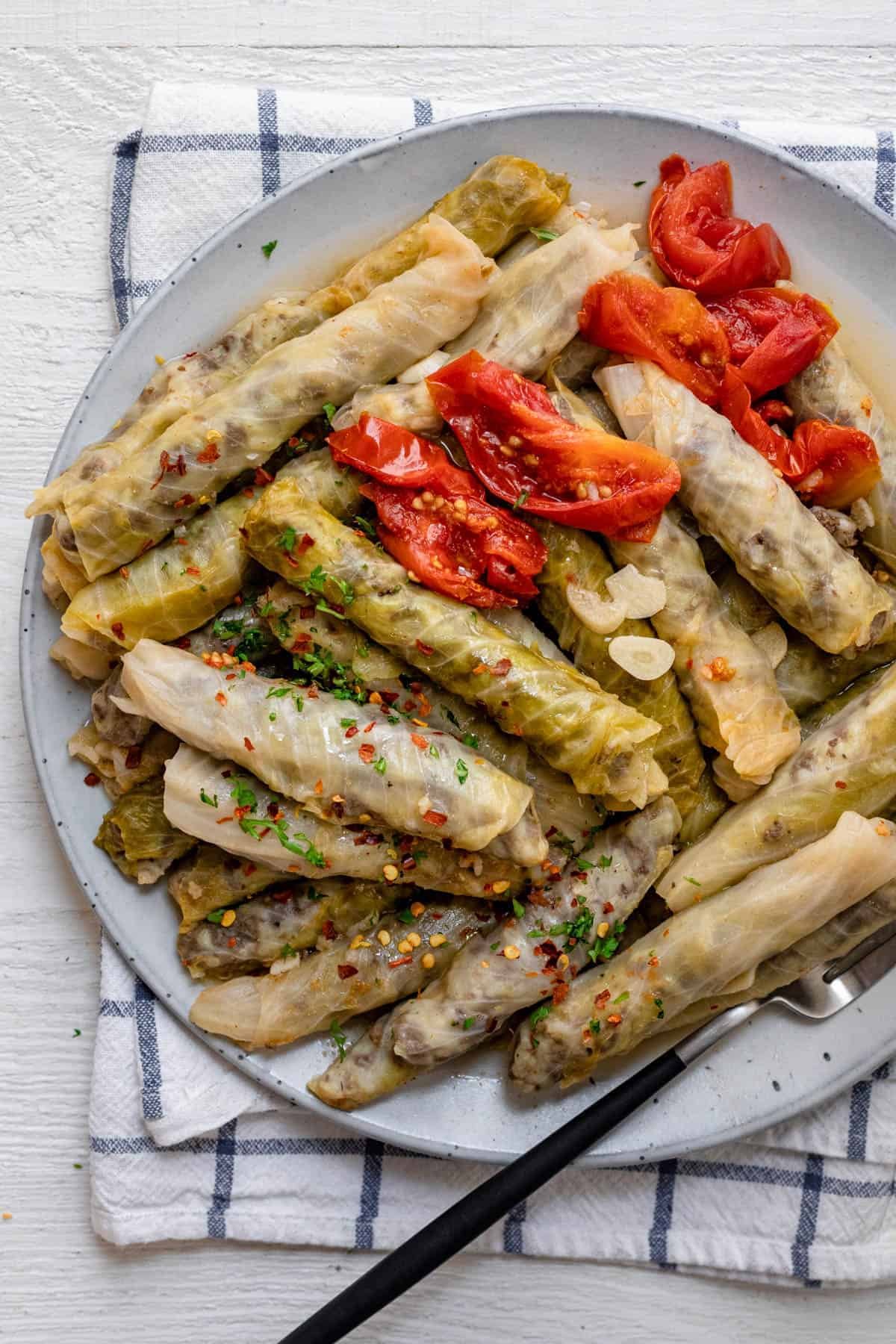Lunches Around the World - Nutrition and the Skin
Why talk about it?
With school almost back in session, we’ve chosen to create a series focused on packed lunches and their nutritional importance. Here at NŪR we take a holistic look at health, meaning we believe all elements of our lifestyle play a role in the function and optimization of our bodies. In previous series, we’ve discussed these influences in terms of physical elements as well as more conceptual considerations, seen in our respective resources on movement and aging. Over these next two weeks, we will be marrying the physical and the conceptual through a look at cultural lunches, exploring global approaches to nutrition and their impact on our health.
Inspiration
Our conversation is inspired and structured around Gregg Segal’s photography publication “Daily Bread: What Kids Eat Around the World” in which Segal documents the weekly nutrition of children within varying cultures, focusing mainly on Asia, Europe, the Middle East while critiquing the Western diet. His criticisms are aimed at the corporations infiltrating our diets with processed foods that have aided in spikes of obesity and health complications such as diabetes and heart disease. Segal notes that while we associate this increase in empty calories as a part of the Western experience, it’s extending to all countries and affecting all cultures as “the hand that stirs the pot rules the world”. Segal chose children as his subjects “because eating habits, which form when we’re young, last a lifetime and often pave the way to chronic health problems” and hoped to capture more health conscious demonstrations of diet “before globalization overwhelms traditional regional [ones]”.
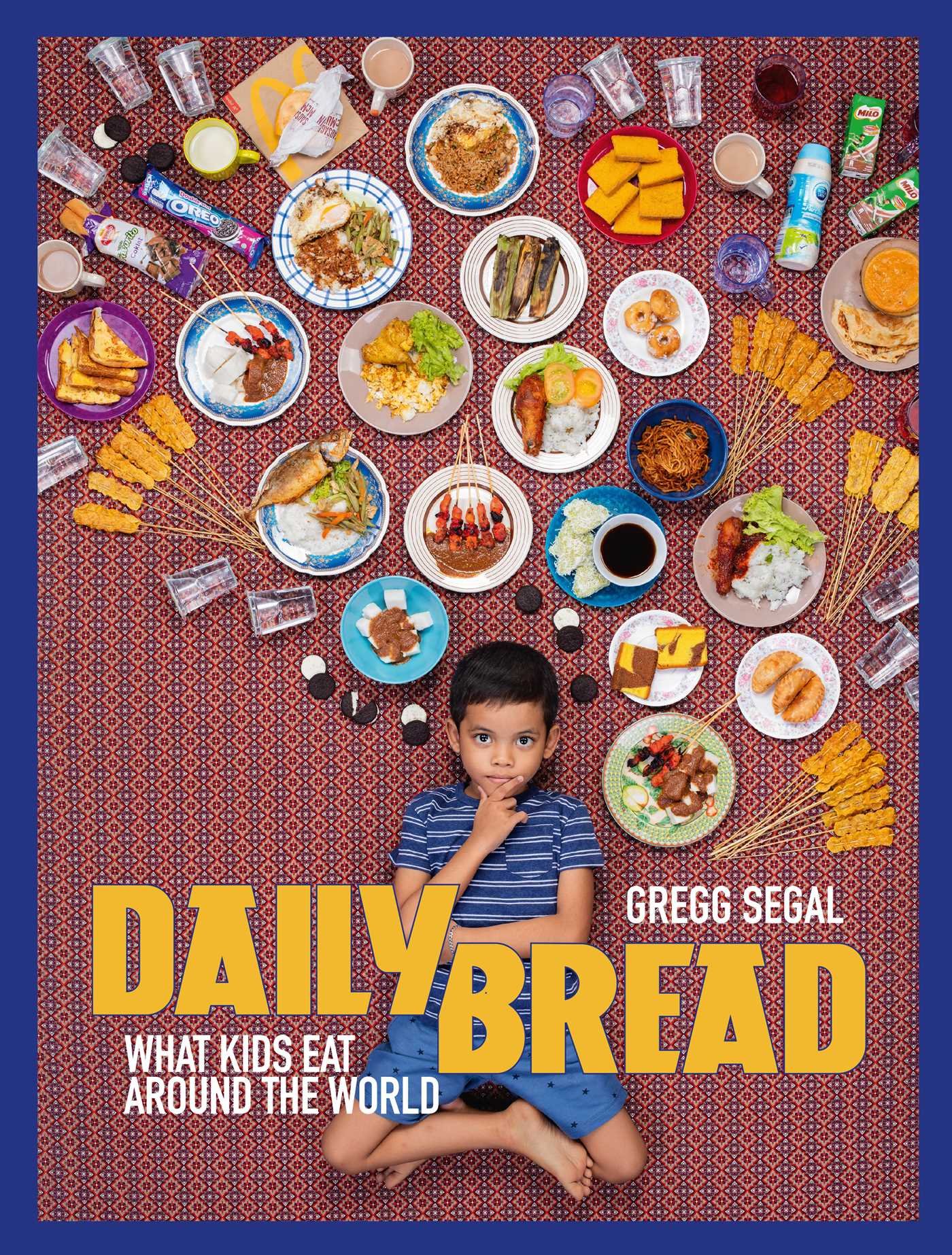
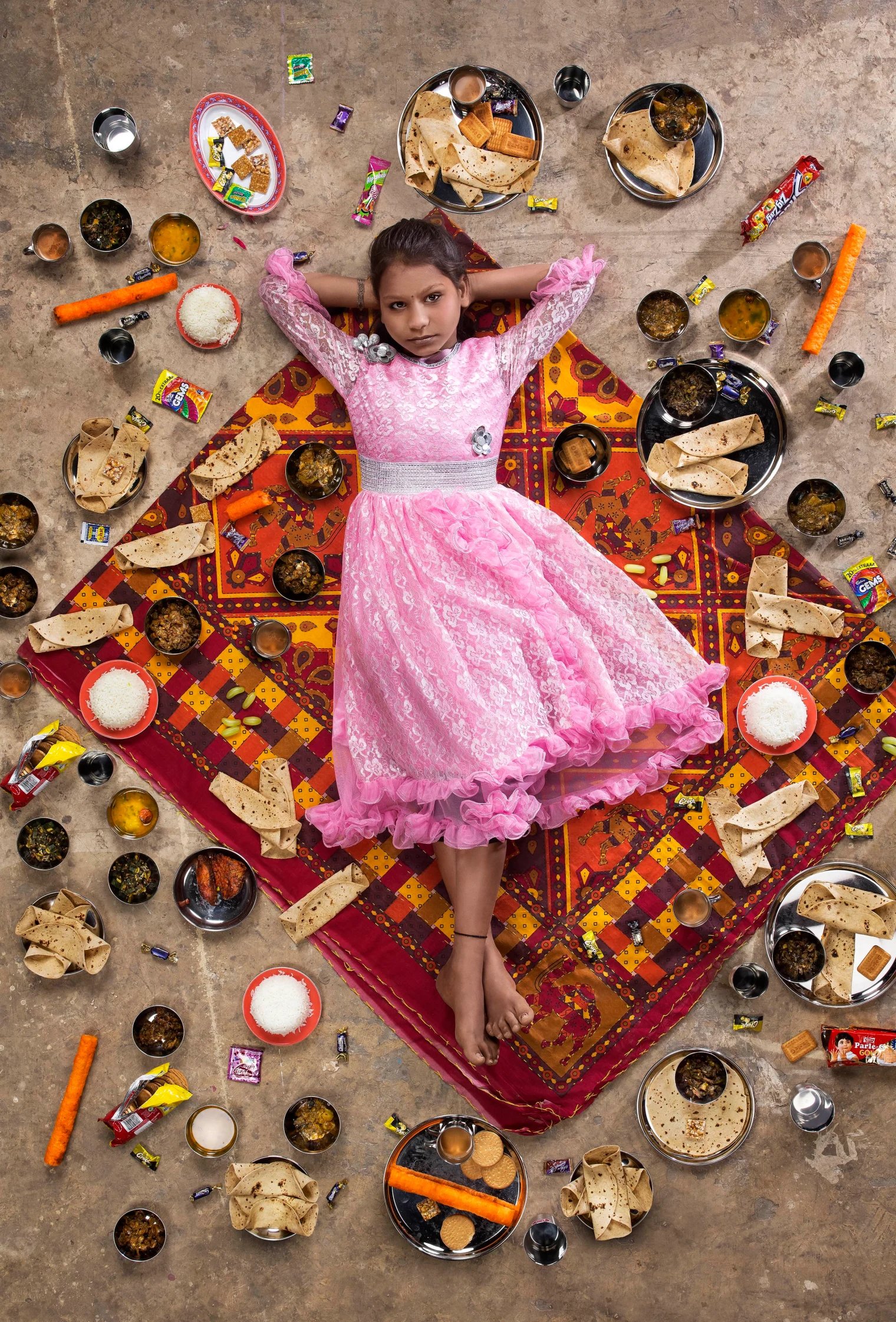
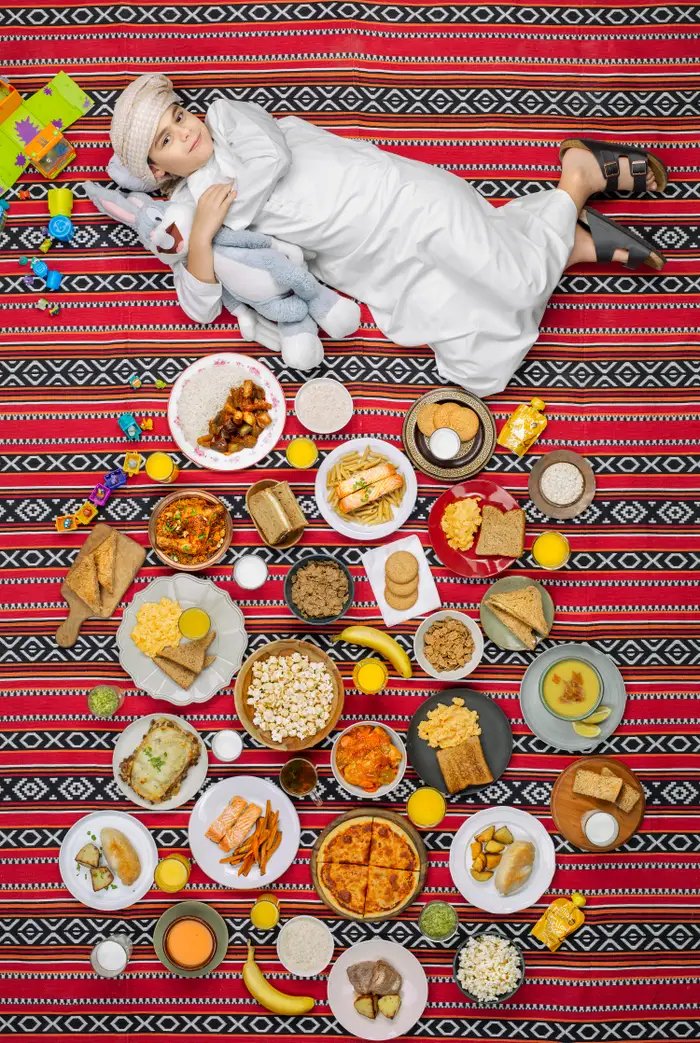
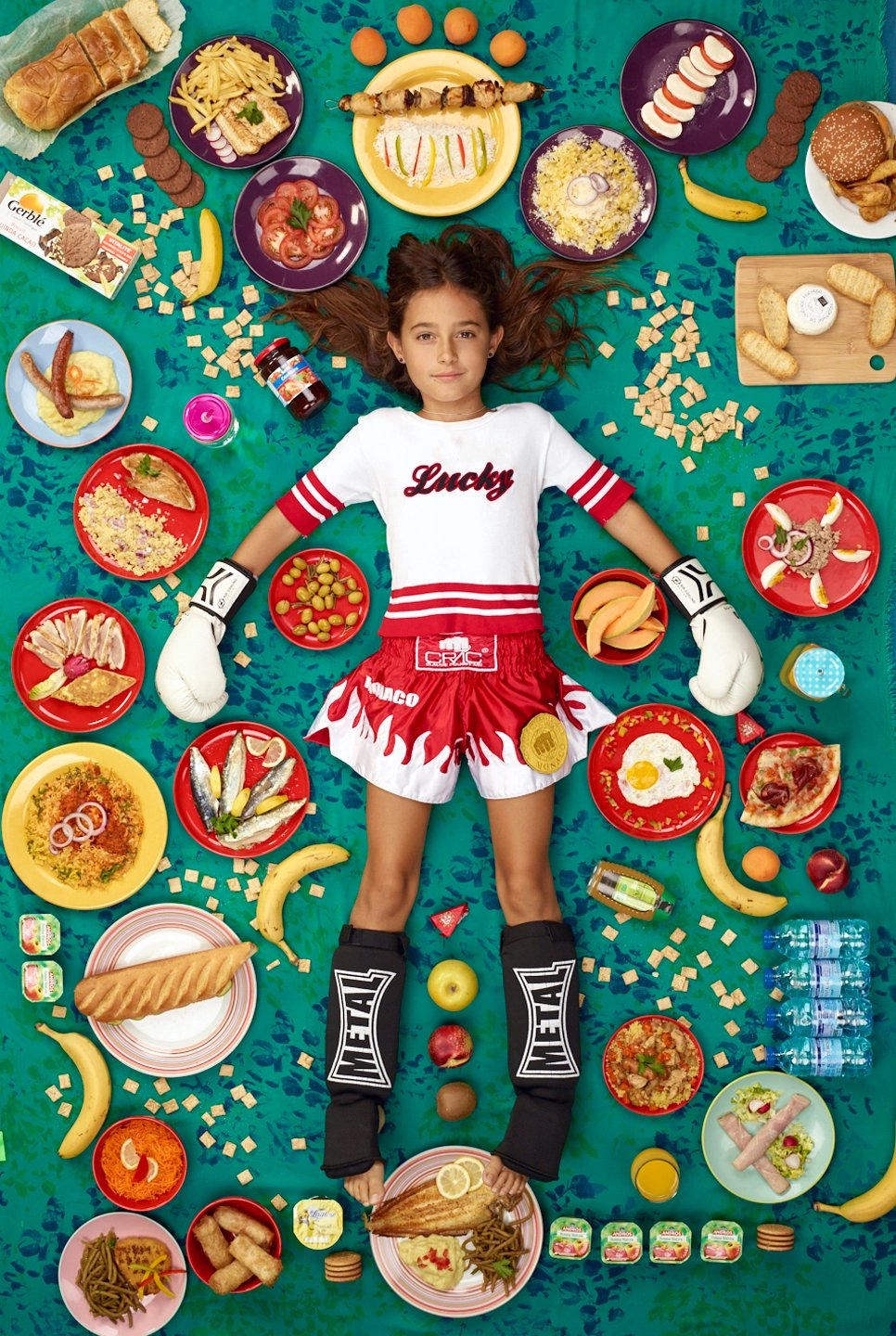
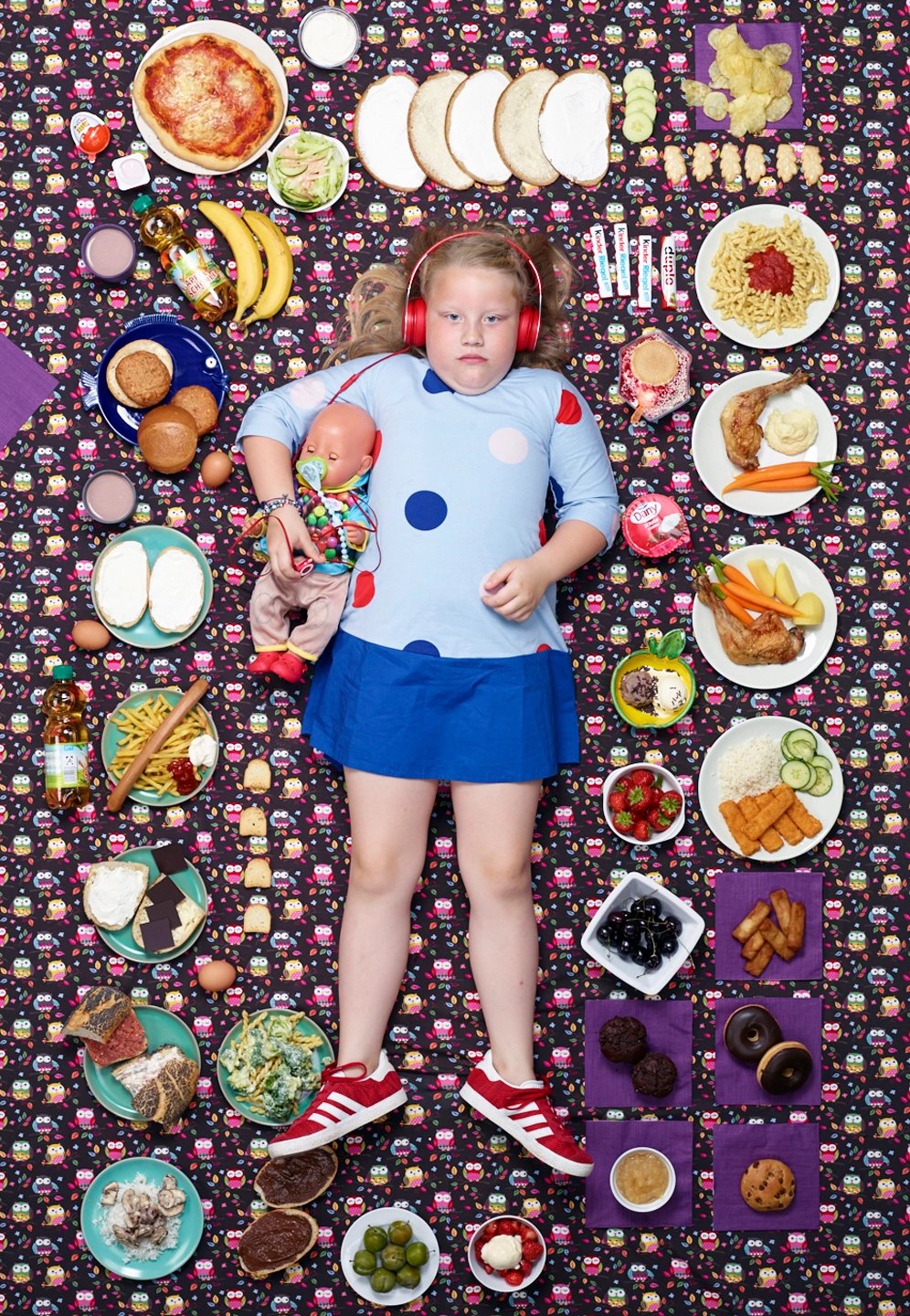



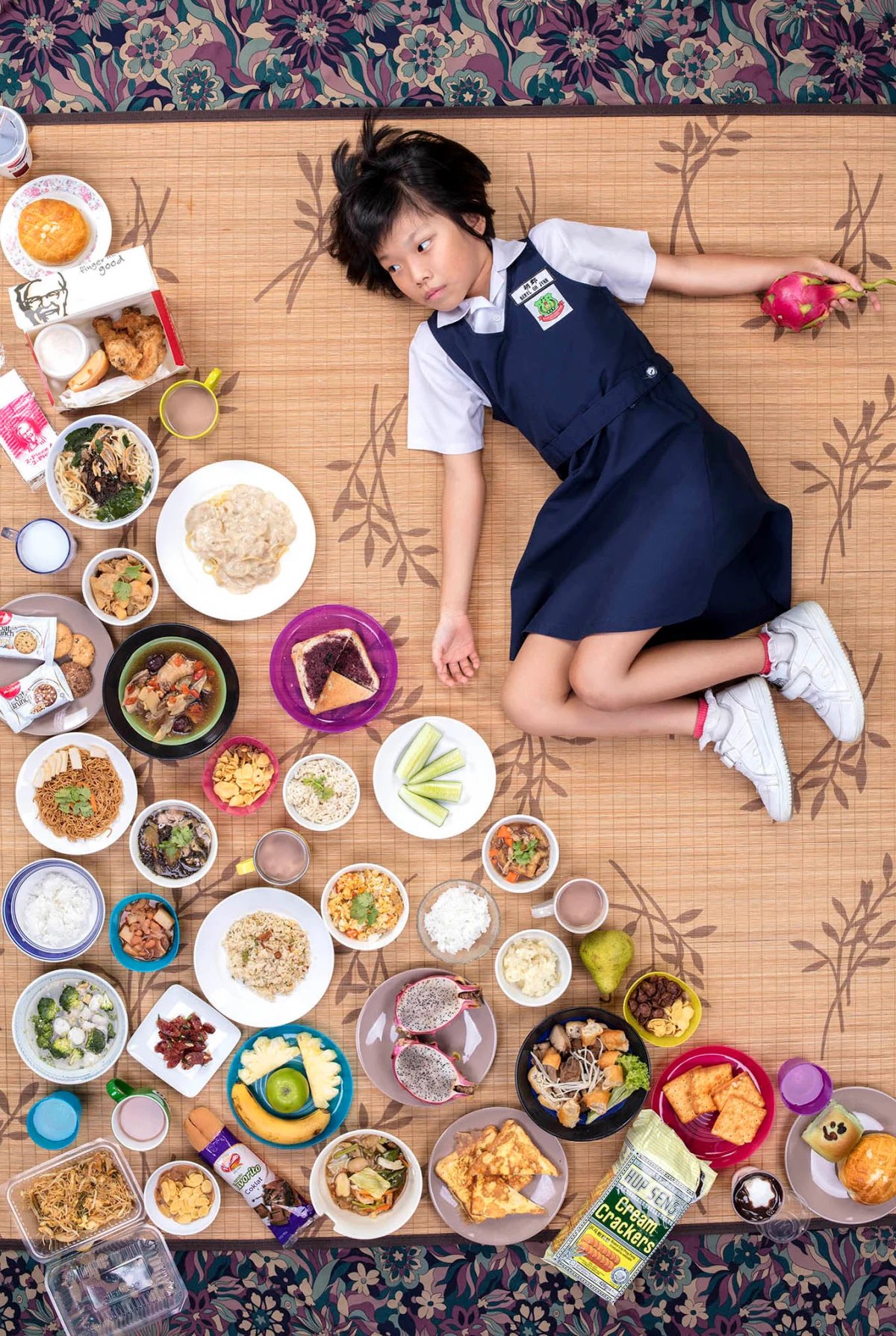
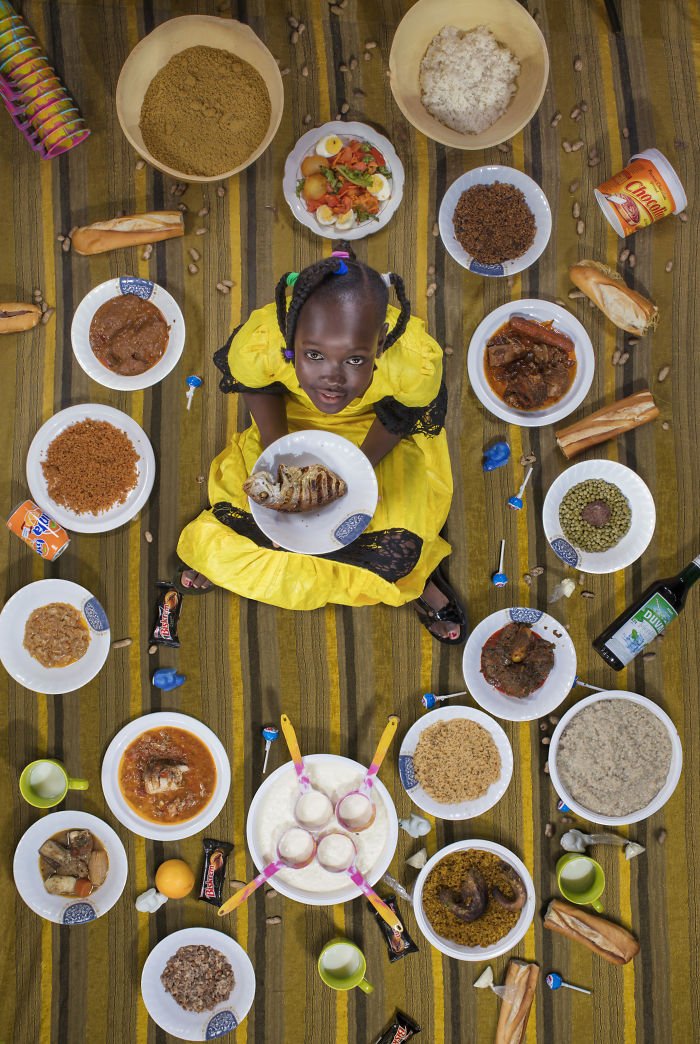
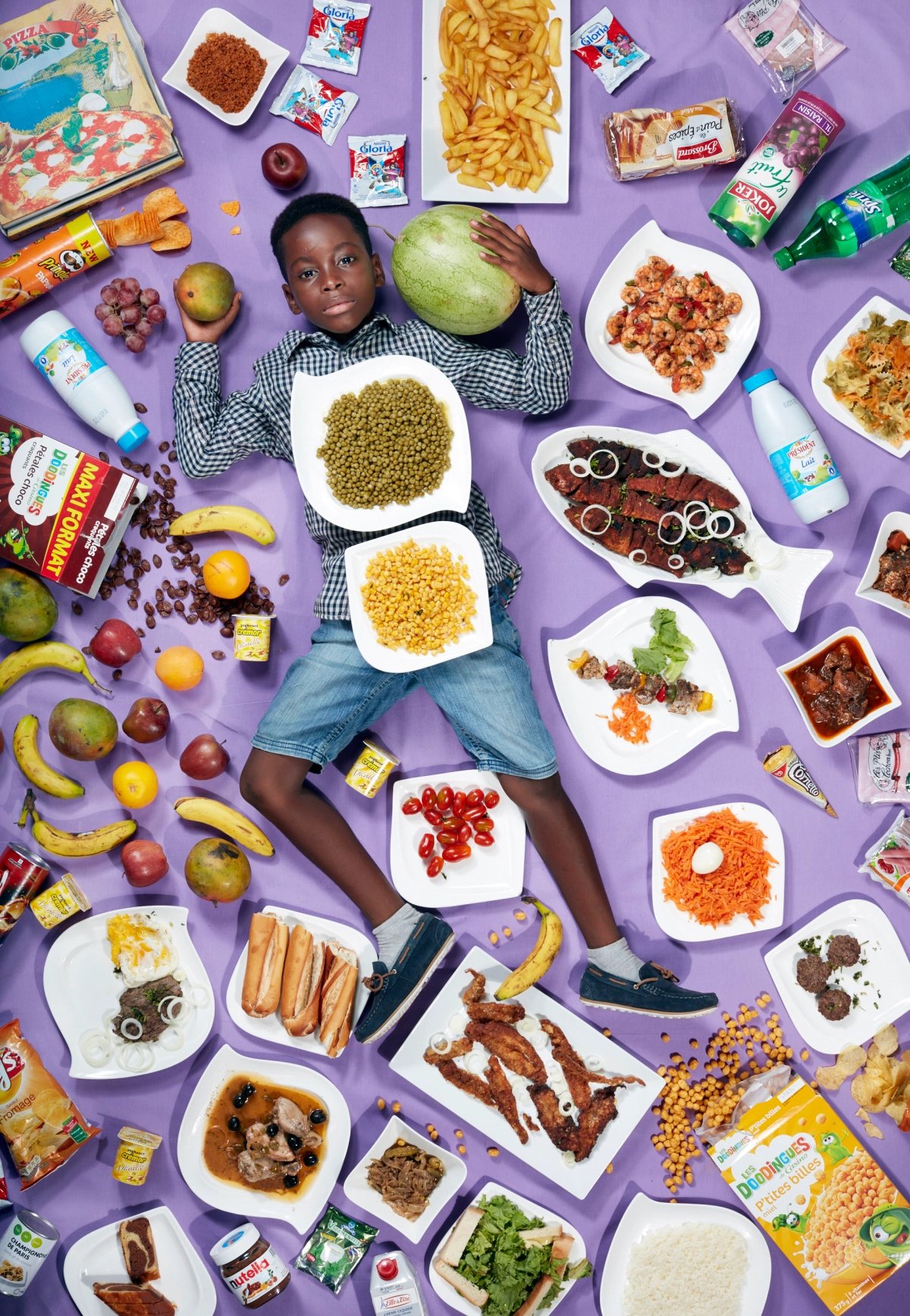
1/10 - Mumbai
We start our series in Mumbai, India with Segal's portrait of 10 year old Anchal Sahani surrounded by okra, lentils, rice, curry, naan, roti, and candy wrappers that come as a part of her collection. With a drastically minimized consumption of meat in comparison to more Western diets and a heavier focus on carbohydrates, we've chosen a potato curry--Batata Rassa--as this posts recipe.
Highlights
Only takes 30 minutes to make
Naturally Vegan
Keeps well and increases in flavor overnight
2/10 - United Arab Emirates
Turning to the United Arab Emirates, we focus today's post on Yusuf Abdullah Al Muhairi, age 9, and his diet composed of a healthy balance between meats, grains, and dairy. Vegetables being a large focus, we've taken today to share two recipes to reflect the culture. Keeping with healthy, fresh options, we've picked Tabbouleh and Malfouf. Tabbouleh is a fresh Mediterranean salad consisting of bulgar and fresh ingredients such as tomatoes, cucumbers, lemon, and parsley whereas Malfouf are traditional Lebanese stuffed cabbage rolls.
Highlights
Malfouf can be made vegetarian for temperature safe lunches
Bulgar—a cracked wheat grain—is an excellent source of fiber
Both keep well and are easy to prepare and pack
3/10 - France
Keeping with French culture, 10 year old Rosalie Durand consumes a balanced diet of fish, fruits, and vegetable dishes--though personally she doesn't care for the later. For today we've chosen an approachable one-pot dish to sample a true cultural classic--Coq au Vin--which traditionally involves the roasting of an entire bird in wine sauce.
Highlights
Part of a 5 part series of one-pot recipes
Freezes well for planning meals
Another great dinner turned “leftover-lunch”
4/10 - Germany
True to her Germanic roots, 7 year old Greta Moeller prefers hearty dishes like fish'n'chips based with mashed potatoes and paired with applesauce. Germany's cuisine offers a lot of bulk and comfort, circulating on staples like potatoes, bread, and meat dishes like schnitzel. For our recipe, we've found a traditional dish that emphasizes the use of meat while incorporating a lighter, lentil base--Eintopf.
Highlights
Another one-pot dish that’s easy to prep beforehand
easy-to-access ingredients make it very approachable
Keeps and reheats well for multiple day planning
5/10 - Italy
Andrea Testa, age 9, of Catania, Italy, sets the tone for Italian cuisine with his love of "pasta carbonara with plenty of bacon". With most of us familiar with an Italian diet of pastas, sauces, vegetables, and flatbreads, we've taken this as an opportunity to highlight a unique, summer salad--Peach Panzanella. This fresh take on marrying vegetables, fruits, meat, and dairy is both light and rich and, luckily for Andrea, garnished with bacon.
Highlights
Fresh, colorful, and visually inviting
Flexible as a main dish or a side salad
Part of The Pretty Dish cookbook with more fresh recipes!
6/10 - Brazil
9 year old Kawakanih Yawalapiti lies in what is Segal's simplest dietary portrait "consisting mainly of fish, tapioca, fruit, and nuts." Segal notes she had not only one of the simplest lunch profiles, but the healthiest. This was one of the most interesting findings of his series, but—aligned with his focus of comparing an increased consumption of processed foods to whole foods—“it makes sense”. Keeping with the theme of simplicity, we chose a traditional bean-based dish, Feijoada.
Highlights
Ingredients are easily adjusted to preference
Multiple cooking methods from Instant Pot to slow cooker
Step-by-step instructions with pictures for thorough cooking
Keeps and freezes well just like our former stew recipes!
7/10 - Kuala Lumpur pt. 1
One of Segal's most dietary diverse subjects, 7 year old Nur Zahra Alya Nabila Binti Mustakim, receives vast channels of influence from her home in Kuala Lumpur, Malaysia's capital. There she experiences a blend of Chinese, Indian, and Malay dishes, of which we've chosen to share Hokkien Mee. This recipe is specific to Kuala Lumpur, taking its main distinction in the form of a darker, sweeter sauce that emphasizes pork fat.
Highlights
Photo step-by-step instructions included on site
Nutrition facts included also!
Flavors feature rich, sweet, & savory!
8/10 - Kuala Lumpur pt. 2
Continuing from our last post, Beryl Oh Jynn, age 8, also hails from Kuala Lumpur and follows accordingly with a culturally-blended diet. For today's recipe we've chosen Beef Rendang, another stew that centers on coconut milk and tender cuts of beef.
Highlights
9/10 - Senegal pt. 1
Taking a look at more humble background, we have 11 year old Sira Cissokho from Tambacounda in Senegal whose diet consists namely of fish, chicken, lentils, and millet porridge, Ngalakh, of which she can cook herself. We've taken today to share a warming chicken stew--Sira's favorite protein--that incorporates "sweet potatoes, carrots, rutabaga, cabbage, and tomato-peanut sauce": Senegalese Mafé.
Highlights
Simple, warming, and full of flavor
Healthy considering it’s a tomato-based sauce full of protein and vegetables
Easy to make and many variations exist to taste!
10/10 - Senegal pt. 2
Returning to Senegal for our last post of the series, we consider Frank Fadel Agbomenou, age 8, whose diet similarly consists of fish, chicken, rice, and nuts--namely peanuts. As our last recipe we've selected Chicken Yassa, which harmonizes simplicity with flavor to create a filling lunch full of comfort.
Highlights
Simple ingredients and easy preparation
Marinating aside, takes a total of 2 hours
Only 30 minutes making, 1.5 hours cooking!
Closing Thoughts
We know the food we eat fuels us, but what’s alarming is how much of what is provided from the food industry is meant to harm instead of help. By being mindful of the whole foods we are consuming and opting to deny ourselves empty investments like overly processed foods, we are not only making an impact for ourselves and our bodies, but also our global direction through economic choice. In following a holistic outlook on health, we can consider the following and so much more as an impact through our nutrition:
Other Considerations
Research your vitamins and ensure you’re balancing them through your diet
Experiment with sourcing your meat locally and organically
Entertain keeping a food journal to track how you’re affected by what you consume
Drink plenty of water—there’s a reason it’s the most common adage in health
Keep a holistic outlook with diet and health
We thank you for taking the time to share in this series with us and hope it’s of benefit to you and yours! Most importantly, have fun with and enjoy what you consume, minding the mental and emotional impact our nutrition influences.


